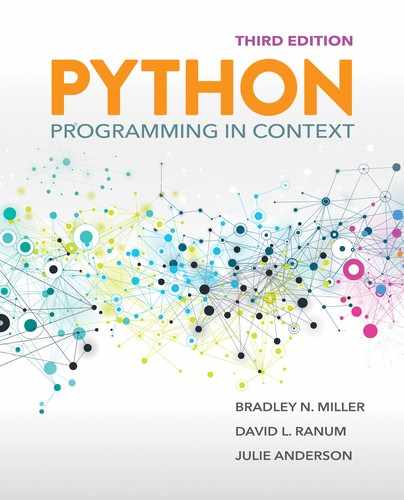3.3 Encoding and Decoding Messages
Cryptography is the science of making messages secure. It works by transforming a readable message into an unreadable message, which is then transmitted securely to a receiver. At that point, the receiver transforms the unreadable message back into the original readable message. In this chapter we refer to messages that are readable as plaintext, whereas messages that are unreadable are called ciphertext. The process of turning plaintext into ciphertext is called encryption; the reverse process of turning ciphertext into plaintext is called decryption. FIGURE 3.2 provides an overview of the encryption and decryption processes. Algorithms for both encryption and decryption are the subject of this section.

FIGURE 3.2 Encrypting and decrypting a message.
One of the easiest ways to encrypt a message is to simply scramble the letters. For example, the word “house” could be randomly transformed to “suheo.” In fact, there are 120 different possible arrangements of the word “house.” However, if the encryption algorithm randomly scrambles the letters, the task of the decryption algorithm becomes difficult. Encryption and decryption algorithms must work together in some agreed-upon way, with the encryption algorithm using a scheme to scramble the letters and the decryption algorithm knowing the scheme.
